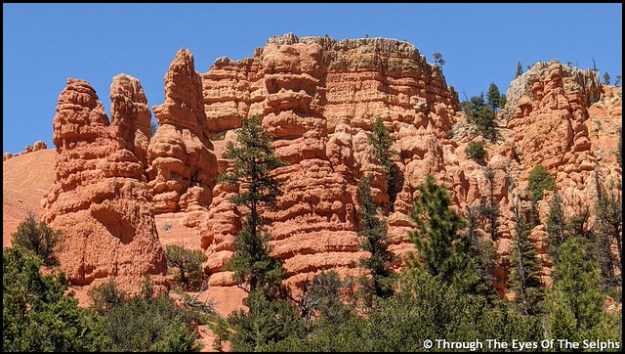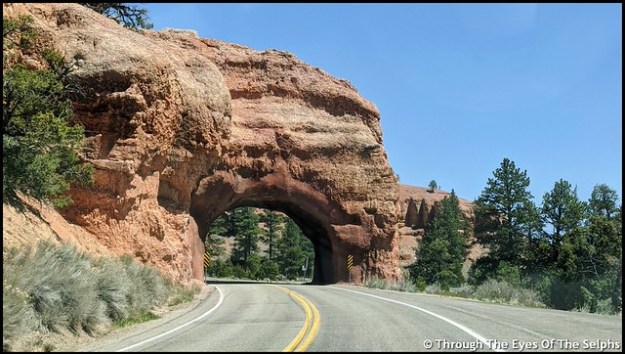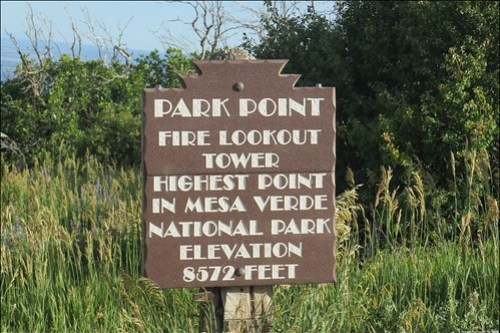We drove from Lewistown to Billings (pop 104,000) for a one week stay. The weather during our stay was hot, with temperatures reaching 100 degrees on our last day!
Billings most striking feature is the Rimrock, a natural feature rising 500 feet above the Yellowstone Valley. Legend says that in 1837 two Crow warriors, dressed in their finest and singing death songs, rode a solid white blindfolded horse over Sacrifice Cliff from the Rimrocks. They did this to appease their gods in order to halt the spread of smallpox among their people. The Native Americans call the cliff “The Place Where the White Horse Went Down“. The Crow, who had no immunity to the disease, had contracted smallpox from the people of the American Fur Trading Company. The disease caused great loss to the Crow people between 1837-1838. 
The Rimrocks sandstone formations were formed 80 million years ago. The Western Interior Seaway, where Billings is today, slowly rose and fell over time, leaving behind compressed sand that became this massive formation. The Yellowstone River has been cutting into it for a million years, leaving a canyon in the bedrock. 
We drove along the top of the Rimrocks with nice views of the city of Billings below. 
Then we visited Riverfront Park where we found a geocache and got a glimpse of the Yellowstone River. We had several views of the Yellowstone River flows through Billings. 

We also stopped by Boothill Cemetery, the final resting place between 1877-1881 of three dozen individuals, many who died with their boots on. This is one of many such named cemeteries throughout the west. Buried in this cemetery was Muggins Taylor, the scout who brought the world the news of Custer’s last stand. There was a large rock memorial with quotes on each of the four sides.
Quote 1:
“This Monument Marks A Historic Site
Where Thirty-Five Lie Buried
For Fortune and Fame
Lost Their Lives Lost Their Game”
Quote 2:
“Upon This Rugged Hill
The Long Trail Past
These Men Of Restless Will
Find Rest At Last”
Quote 3:
“The Stream Flows On But It Matters Not
To The Sleepers Here By The World Forgot
The Heroes Of Many A Tale Unsung
They Lived And Died When The West Was Young”
Quote 4: was unfortunately too worn to read 
On Saturday we drove to Red Lodge, Montana to begin driving the Beartooth Highway (All-American Highway) which goes from Montana into Wyoming. Charles Kuralt called this “the most beautiful roadway in America“. 
It is also designated one of the most dangerous roads in America as it climbs to 10,947 feet with numerous switchbacks.
On our GPS you can see the five switchbacks which gain about four thousand feet. 


Completed in 1936, it provides views of some of the most rugged and wild areas in the lower 48 states. Along the way are visible twenty peaks over 12,000 feet, 950 alpine lakes, glaciers, Rocky Mountain goats, waterfalls and wildflowers. It took us eight hours to make the round trip drive with all the scenic overlooks. What a beautiful drive! 





This is a herd of Rocky Mountain Goats, many are still shedding their coats. 

We saw Lake Creek waterfall and snagged a short video with sound. 
Select this above link to see and hear the video.

We went to Crazy Creek waterfall and turned back for home. 
We liked this old wrecker we found in one of the small towns we passed through. It looks like one of the cars (Mater) in the animated movie “Cars”. Mater is the rustiest, trustiest tow truck in Radiator Springs. 
And an interesting sculpture as well! 
After two wonderful months in Montana, it is time to move on to North Dakota.
Next up: Medora, North Dakota





























































































































































































































































